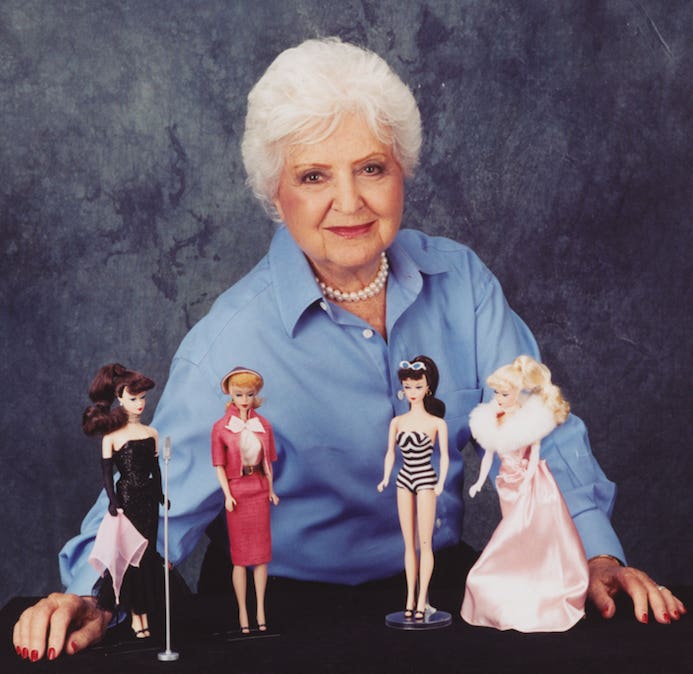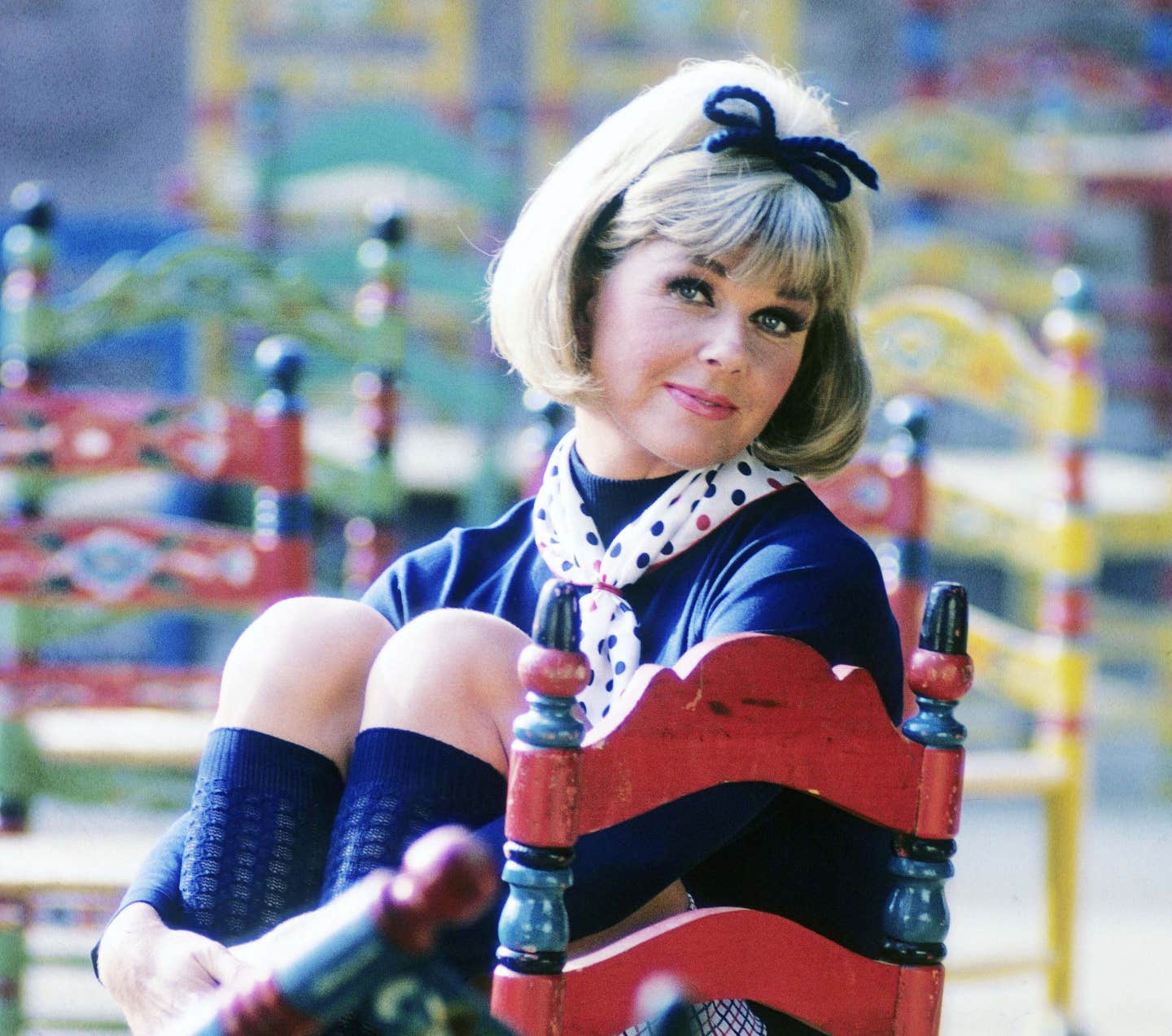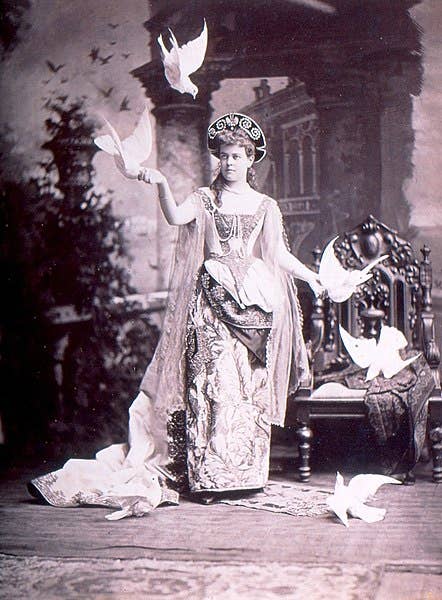Henry Ford Museum Acquires Michael Graves’ Design Collection
The Henry Ford plans to create permanent and temporary exhibitions with the Graves’ Archive.
DEARBORN, Mich. – During an impressive career spanning more than 50 years, designer Michael Graves clung to the belief that design could lead to change in people’s day-to-day lives. From small-scale kitchen products to immense buildings, there is a common thread that runs through his work: accessible, aesthetic forms that possess a sense of warmth and appeal.
Many connected with Graves, who died in 2015 at age 80, through his work with Target, the Minneapolis-based retailer. Debuting in 1999, Michael Graves Design brought to market more than 2,000 products across 20 categories including kitchen electrics, gadgets, cleaning supplies, home décor, storage and organization, and more.
The groundbreaking 15-year partnership with the retailer transformed mass merchandising strategy, elevated consumer expectations for design, made Target a design destination and elevated design to the center of corporate strategy.
The Henry Ford and Michael Graves Design announced recently the institution has acquired Graves’ extensive product design archive as part of its permanent collection. The Henry Ford plans to create permanent and temporary exhibitions with the Michael Graves Archive, and in celebration of the acquisition, a selection of 21 artifacts is now on display inside Henry Ford Museum of American Innovation.
“Michael Graves and his designers performed a kind of design alchemy, transforming often humble things — thousands of them — into objects of delight, humor, and elegance,” said Marc Greuther, Vice President, Historical Resources and Chief Curator at The Henry Ford. “He showed that seeming near opposites such as practicality, whimsy, affordability, decoration, and modernity could actually coexist — and move swiftly off the shelves of everyday retailers.”
A noted architect as well as principal of Michael Graves and Associates and Michael Graves Design Group, Graves was a professor of architecture at Princeton University for nearly 40 years. Still, it was his work with Target that touched the lives of most people.
While some might have shied away from having their work associated with a retail giant like Target, Graves wholly embraced the project. He believed that producing affordable, well designed everyday items would make people happy. And Target would simply give him a platform to accomplish this.
Through his collaboration with Target, the designer would become a household name, with millions of units of his products appearing in American homes.
The option to select a better-looking product with a slightly higher price versus the same article but with a less expensive, nondescript appearance is now the norm for most consumers: good design (and function) are part and parcel of the customer experience
Consumers may not have ever known his architecture or what the critics thought of his work. Graves didn’t seem to mind. His goal was to provide well-designed items for everyday use rather than impress his detractors.
Graves told National Public Radio in 2002, “It’s the kind of thing where you pick something up or use it with a little bit of joy … it puts a smile on your face.”
Located in Dearborn, Michigan, The Henry Ford fosters inspiration and learning from hands-on encounters with artifacts that represent the most comprehensive collection anywhere focusing on innovation, ingenuity and resourcefulness in America. For more information: www.thehenryford.org








